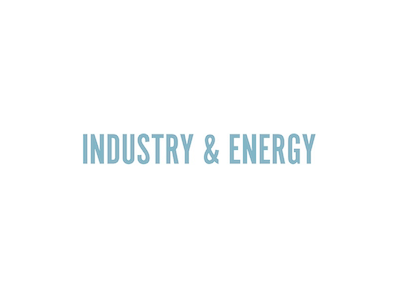Belgium – The European Union’s ambitious plans for green technology development and competitiveness are facing significant challenges due to funding shortfalls.
While the United States has allocated a substantial $369 billion to support key industries like batteries and wind turbines through the Inflation Reduction Act (IRA), the European Commission’s proposed European Sovereignty Fund falls far short with a mere €10 billion commitment. This article explores the goals, technology, potential impact, and challenges surrounding the EU’s green industrial policy, highlighting the need for increased funding to compete on a global scale.
Green manufacturing technologies
The EU’s green industrial policy aims to foster the development and scaling up of green manufacturing technologies. The focus is on initiatives such as battery and wind turbine production, which contribute to the transition towards renewable energy and reduced carbon emissions. The US’s IRA emphasizes tax credits and incentives to support the expansion of green manufacturing, while the EU’s approach leans toward research and development funding. The EU recognizes the importance of strategic technologies but struggles to allocate sufficient funds to compete with global counterparts.
Insufficient funding poses a significant challenge to the EU’s green industrial policy and its ability to compete with the US and China in the global cleantech race. The proposed “Strategic Technologies for Europe Platform” primarily reallocates existing funds rather than providing fresh resources, limiting its potential impact. Without adequate investment, the EU risks falling behind in critical areas of green tech development, hindering its transition to a sustainable and competitive economy. To achieve its green ambitions, the EU needs additional long-term funding and a coordinated Europe-wide approach.
Stronger commitment
One of the key challenges the EU faces is the resistance from European capitals, notably Berlin, in committing substantial funds to support green industries. Germany and France have made efforts to support their own industries, but this is insufficient to match the financial backing provided by the US and China. To address these challenges, there is a need for wealthy countries within the EU to show stronger commitment by providing fresh funds for green technology development. Additionally, tapping into unused funds from the Recovery and Resilience Facility and bolstering the EU’s Innovation Fund can provide short-term support for clean tech manufacturing and critical metals processing.
Without substantial and coordinated investments, the EU risks falling behind the US and China in key green technology sectors. To achieve its green ambitions, the EU must prioritize long-term joint funding, disbursed at the EU level, to scale up crucial green tech initiatives.





